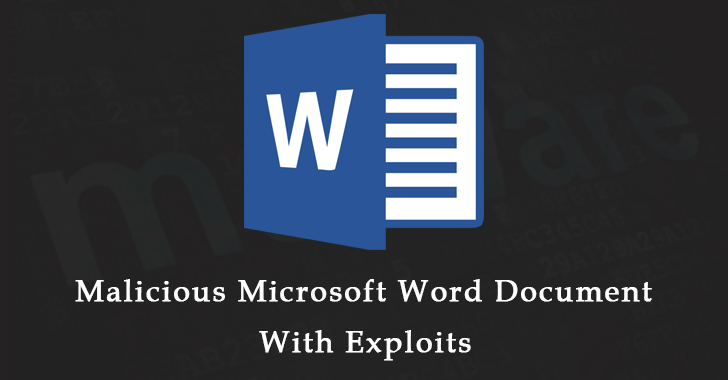Researchers at Cisco Talos revealed a malicious campaign that deploys Cobalt Strike beacons on compromised hosts. The attack involves a multistage and modular infection chain with fileless, malicious scripts.
This attack is a email with a malicious Microsoft Word document attachment which exploits the vulnerability tracked as (CVE-2017-0199), a remote code execution issue in Microsoft Office.
“If a victim opens the maldoc, it downloads a malicious Word document template hosted on an attacker-controlled Bitbucket repository”, Cisco
Cisco Talos analyzed two different attack techniques, both targeting job seekers with malicious documents installing Cobalt Strike.
Initially, the email is themed to lure the recipient to review the attached Word document and give some of their personal information.
Researchers explain that the malicious documents resembles the contents of a declaration form of the U.S. Office of Personnel Management (OPM), which serves as the chief human resources agency and personnel policy manager for the U.S. federal government.
In the second case, the malicious document has job offers advertising for roles related to delegating development, PSA plus, a well-known New Zealand trade union and administrative support for National Secretaries at the Public Service Association office based in New Zealand.
Attack Methodologies Employed by the Attacker
In the first attack, the downloaded DOTM template executes an embedded malicious Visual Basic script, leads to the execution of obfuscated VB, PowerShell scripts and malicious VB downloading and running a Windows executable that executes malicious PowerShell commands.
Researchers say “the payload is a leaked version of a Cobalt Strike beacon. The beacon configuration contains commands to perform targeted process injection of arbitrary binaries and has a high reputation domain configured, exhibiting the redirection technique to masquerade the beacon’s traffic”.
Talos researchers also noticed the usage of the ‘Redline information-stealer’ and ‘Amadey botnet executables’ as payloads.
In the second method, the attack is modular but using less sophisticated Visual Basic and PowerShell scripts. Here, the attacker used a 64-bit Windows executable downloader which executes the PowerShell commands responsible for downloading and running the Cobalt Strike payload.
Therefore, defenders should apply behavioral protection capabilities in the organization’s defense to effectively protect them against fileless threats. Organisations should be cautious on the Cobalt Strike beacons and implement layered defense capabilities.
Cyber Attack with Zero Trust Networking – Download Free E-Book






%20(1).webp)

.webp)

